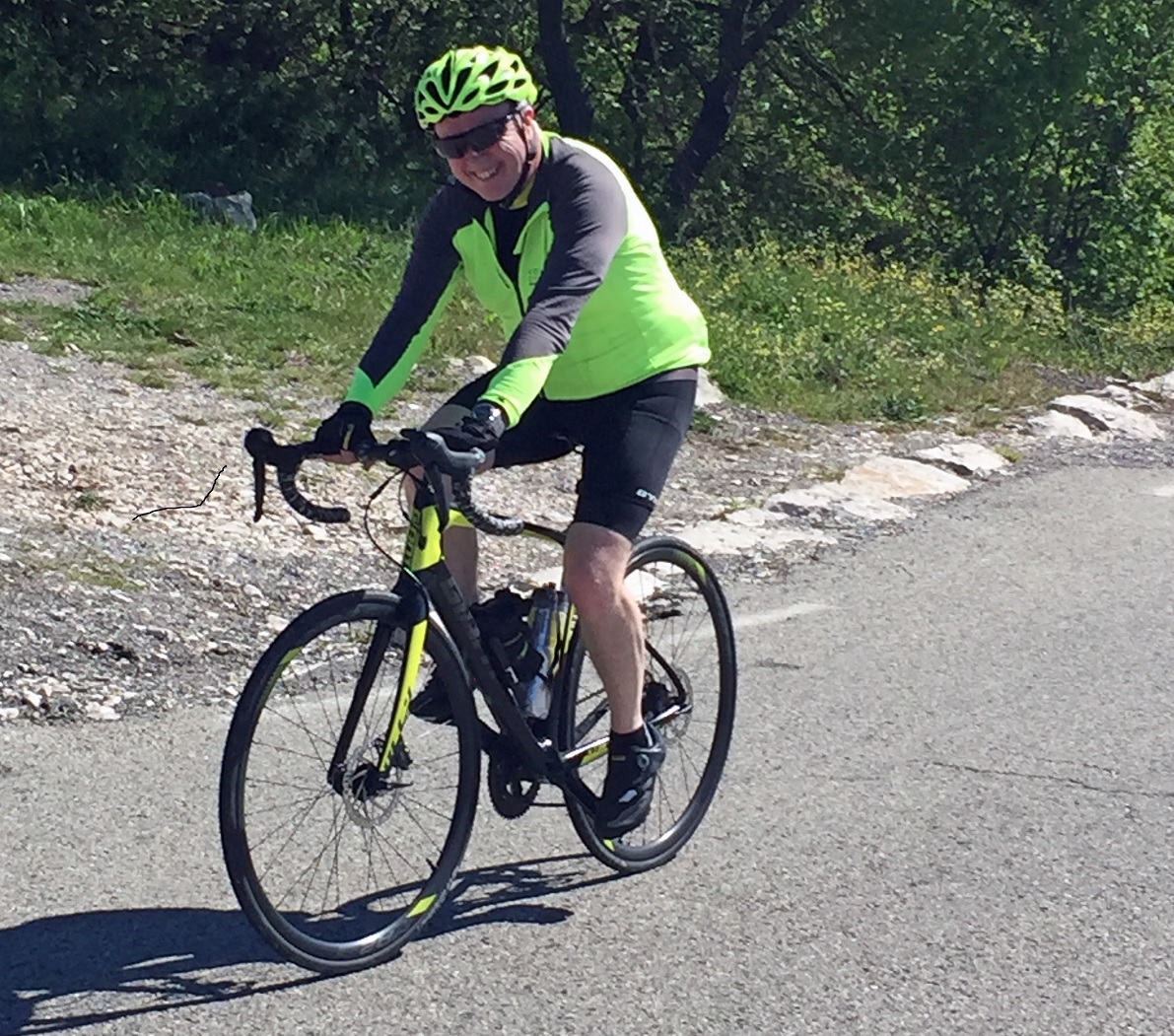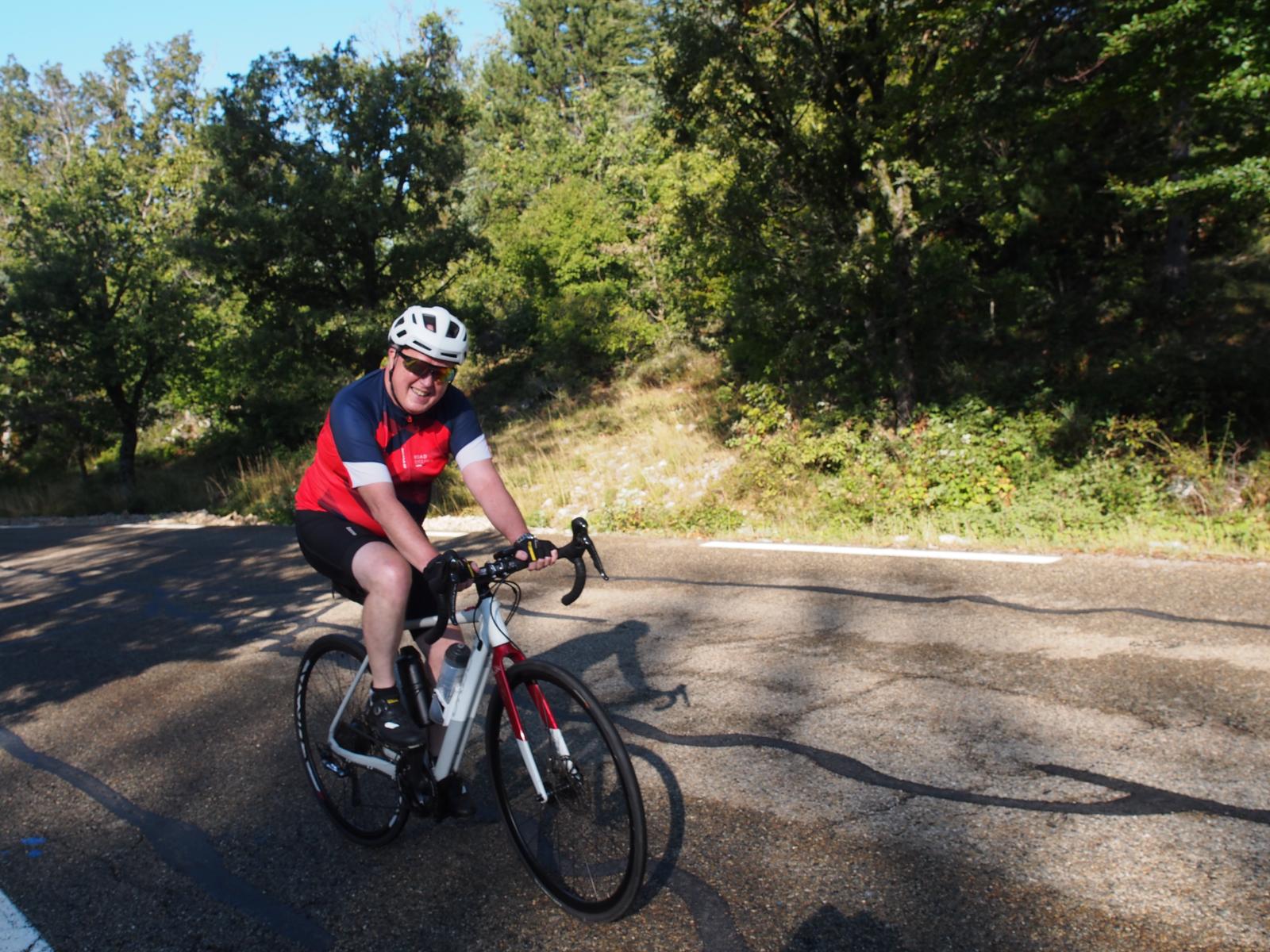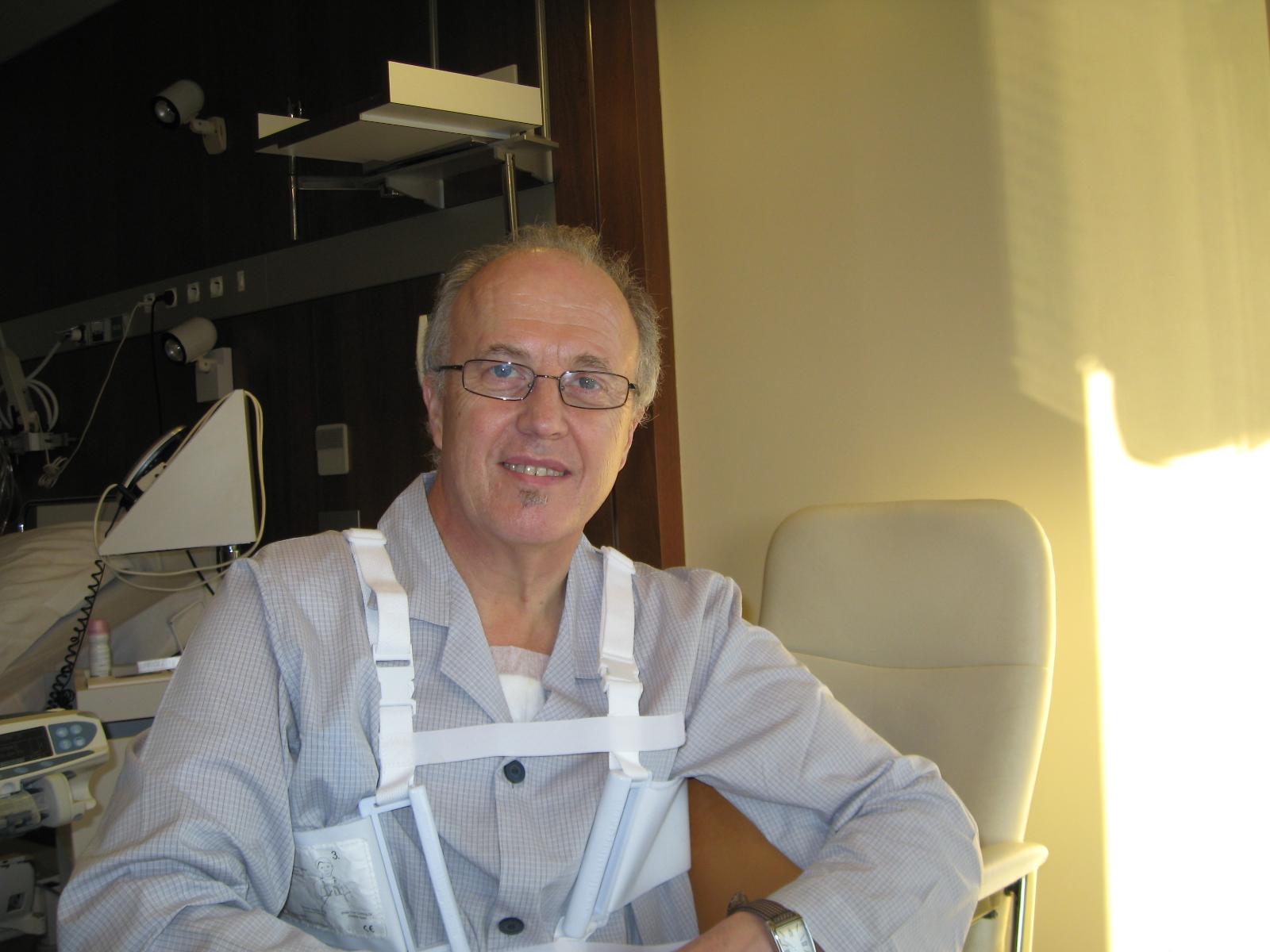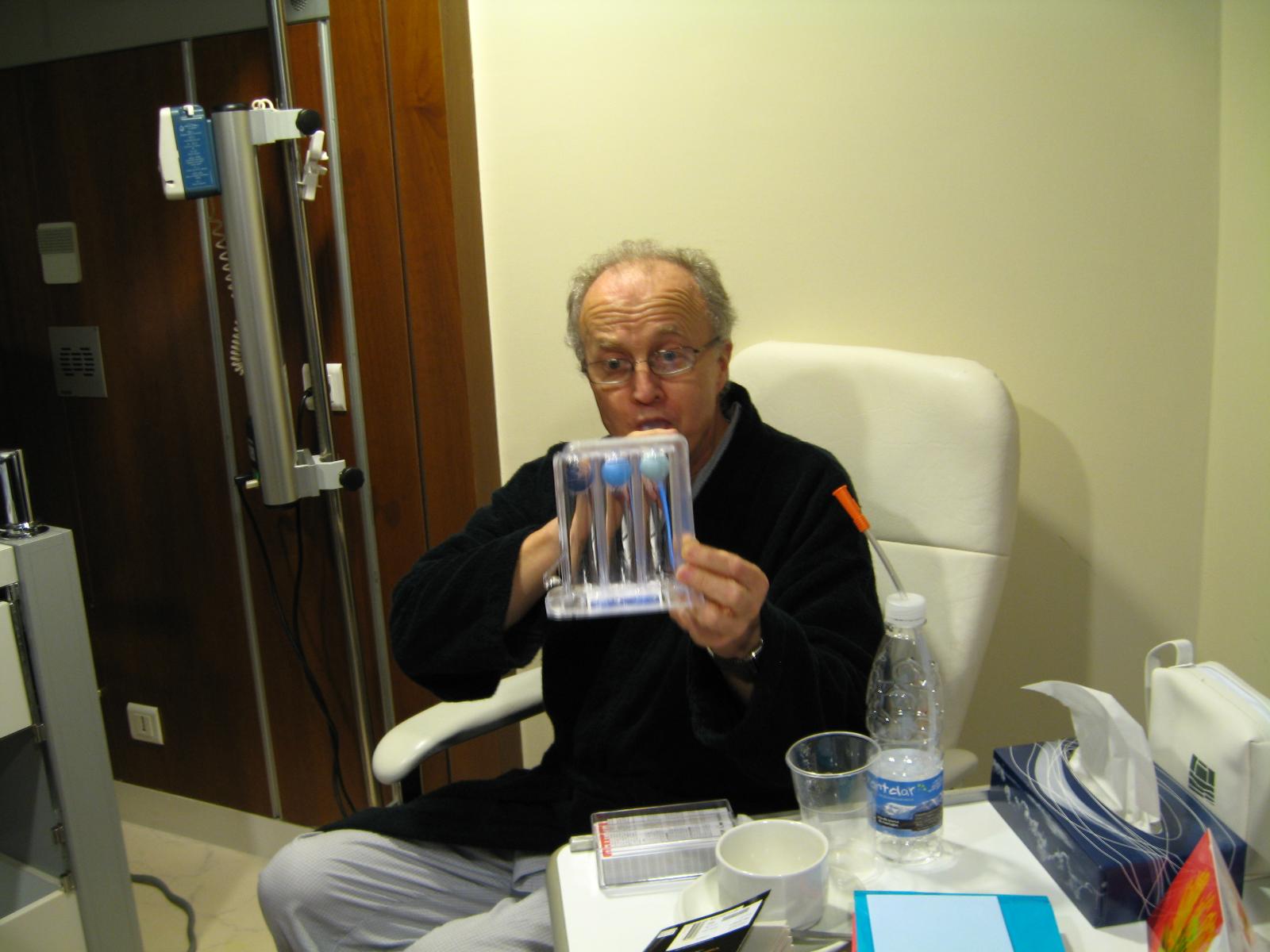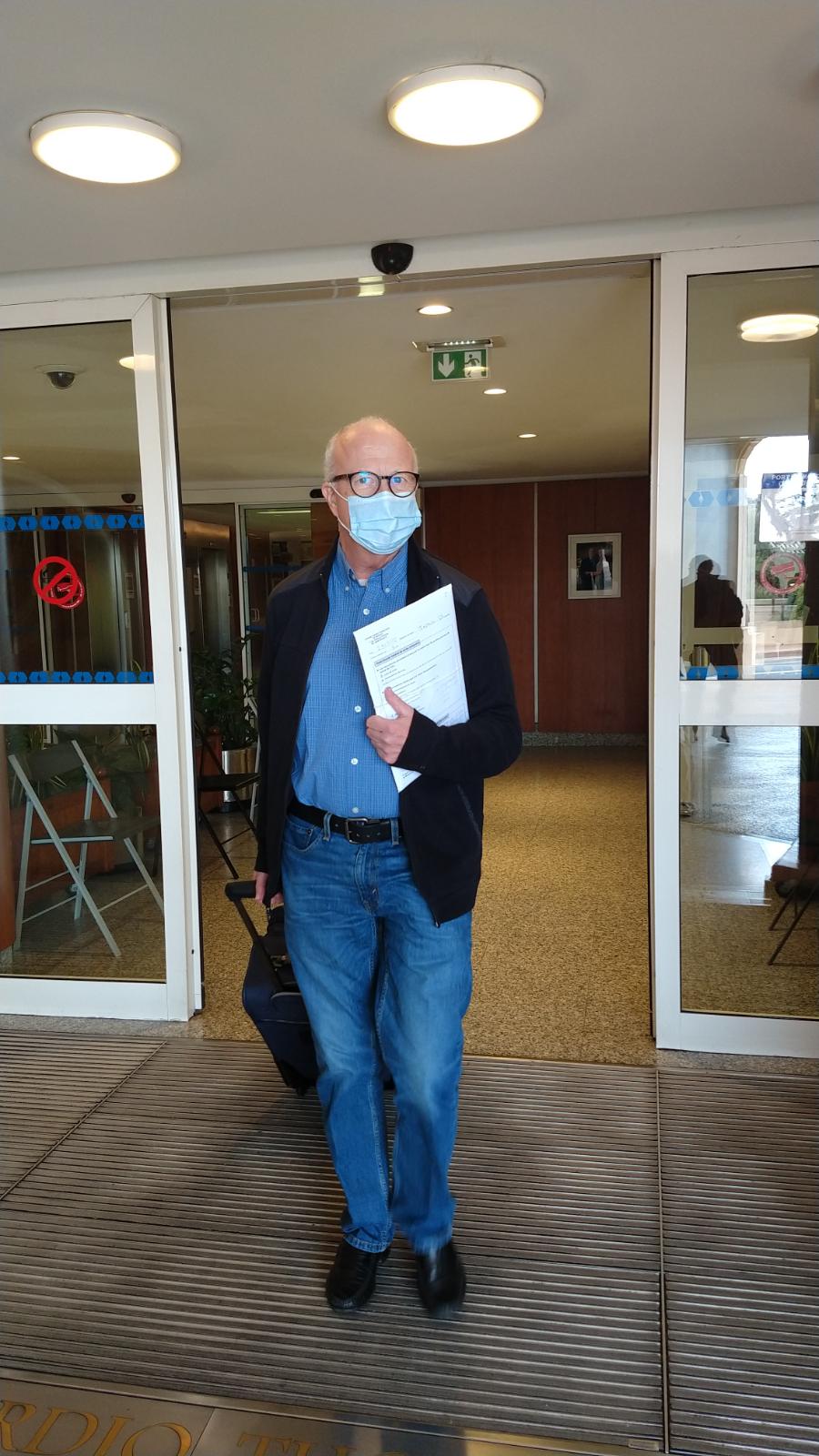“Take care of your body. It’s the only place you have to live.” — Jim Rohn
Introduction
I am an active person in my seventies and I am now on my third Aortic valve. I was 55 years old in 2007 when I was first diagnosed with a heart problem. At first it was not serious and the heart specialist only asked to see me every year to verify that all was still OK.
I visited my GP in mid December 2009 for something not associated with my heart. My GP after examining me organized an examination with my heart specialist for 3 days later (when normally it takes months to get an appointment). Two days after that visit I was in front of the surgeon organizing the operation and its date. After that there was an operation in January 2010 to replace the valve and then another in September 2022 to replace the worn out replacement.
You try to maximize the odds with lots of exercise but also living life to the full as you never know when will be the last day. You live with it hanging over you and try to profit from each day.
This document tries to tell what it is like to live with it and go through the operations and treatment and how I tried to maximize my chances. I have tried to say what to expect and the good and bad parts and how to make the most of the situation. Some of it is just trying to tell it as it is. Whatever else do not lose your sense of humor as you will need it.
Background
In 2007 when I am 55 years old after a normal visit to my GP he noted an abnormality in my heartbeat and sent me to see a heart specialist. The heart specialist found that my aortic valve was malformed and gradually closing up. It was not serious at this time but just required annual monitoring. The malformation was probably a result of birth defect or childhood disease.
The heart specialist said she only needed to see me once per year to monitor progress. The heart specialist also said it would get worse and that when it got to a certain stage which I believe was 90% closed it would require operating. In the meantime I tried to enjoy life and profit from it as best I could with plenty of exercise.
Both Operations were carried out at the Centre Cardio-Thoracique de Monaco. I cannot fault them. They are professional and caring and have a motivated team. The facilities are world class.
First operation 28th January 2010
This came about as a result of a chance visit to my GP, for something completely unrelated, in December 2009 who after examining me organized an examination with my heart specialist 3 days later (when normally it takes months to get an appointment). Two days after that I was in front of the surgeon organizing the operation and its date. I was told no more work and no more exercise until after the operation. For the first operation one has no idea what to expect. Looking on the Internet indicated that the mortality rate for this operation was 20% for my age group. This seemed high to me and my surgeon explained that the general mortality rate is much lower (He talked of much less than 5%) but there are cases where the patient is already very ill and the chances of surviving the operation are much lower. I also met with the anesthetist mainly to verify that I had no allergies to medication.
On the 28th January 2010 I had an operation in Monaco to replace the Aortic valve in my heart because of a malformation causing it to close up. The surgeon convinced me to go with a biological replacement as it has less complications than a mechanical one, and that the next time he would put in a mechanical one. They replaced it with a biological valve based on a calf's valve. I have a "lovely" 10 inch (25cm) scar from my throat to my stomach. The downside of a biological valve is that it needs replacing after about 10-15 years as it wears out. This was a good life choice as it let me continue cycling, skiing, hiking without needing lots of medication and tests.
After the operation and they remove the morphine it feels as if you have been hit by a forty ton truck. Not surprising after what has been done to your ribcage. There is physiotherapy twice a day and they get you to cough. They give you a harness (see photo) to stop you damaging the wound and reducing pain when you cough.
They also give you a little apparatus to blow into to raise three balls each heavier than the other. This is to improve your breathing and be able to raise all three balls (see photo).
The Hospital stay was from 25th January 2010 to the 06th February 2010 a total of 12 days. On the 5th March 2010 I was signed off by the surgeon 5 weeks after the operation. On the 11th March 2010 the heart specialist agreed 6 weeks after the operation.
Recovery
When you leave hospital after two weeks, you have lost weight probably about 14 pounds (6-7kg). You have an unhealed wound 10 inches (25cm) long over your ribcage. You are covered in bruises from all the abuse you received. This includes obvious bruises from around the wound but also every access point for taking blood and injecting. There are usually three or four access points that are used. normally in both wrists but also the shoulders as well. After two weeks of use all the points show signs of wear with bruises. You are in a pretty sorry state but you are alive.
I was offered four weeks in a recovery home where there is daily physiotherapy, nurses for changing the dressing and blood tests. I elected to go straight home and have nurses visit to change the dressing and to visit the physiotherapist as needed. The dressing is changed every two days for about three weeks until the wound heals sufficiently and any remaining stitches can be removed. My physiotherapist was concerned with exercises and pain relief. He did not concentrate on breathing and getting the rib cage to move as normal. I believe this was a mistake and made my recovery longer.
Exercise is very important in your recovery. I used a static bicycle and walked every day. There was a walk I used to do before the operation regularly which was about 4.3 miles (7km) with about 1,000 feet (300m) of climbing. I remember trying this after my operation and considering it a major achievement after about a week when I was able to reach the half way point before having to turn back. About 3 weeks after leaving hospital I was able to do the full walk.
Before going into hospital I readied a lot of movies which I watched at home to distract me from the pain and discomfort. I remember especially the effects of the last paracetamol wearing off and having to wait in discomfort until it was possible to take the next paracetamol. There is pain obviously from the wound. Also the back where they have peeled back your ribs to get at the heart.
During the operation they avoid if at all possible trying to give you blood. For my operation I had no blood. However after about three weeks from leaving hospital blood tests showed that I was anemic and I was put on iron tablets and a diet high in iron.
When you leave hospital for a least eight weeks it is a no salt diet which can be monotonous. I used to dream of pizza and really savored the first pizza after several weeks.
About a week after leaving hospital I was being hassled to return to work. So I emailed them a photo of the wound without the dressing (click here to see photo[careful if you are squeamish]). After that the all requests stopped and I was able to concentrate on my recovery.
Click Here for a Gallery of photos of Hospital stay[careful if you are squeamish]
Second operation 8th September 2022
Now we come to May 2022 and I am told by my heart specialist that it needs replacing again. I visit the surgeon in Monaco just before the Monaco Grand Prix and parking and getting to the hospital are chaotic. I am offered dates in June and September and my surgeon suggested September as in June it is too hot and he does not want to return early from vacation to resolve any issues. This was the same surgeon who performed the original operation in 2010. I also met with the anesthetist mainly to verify that I had no allergies to medication. I mentioned that after the last operation I suffered from anemia. I was put on a course of iron tablets before the operation to build up my blood iron levels. The operation was fixed for September 2022 and again no exercise and stress until after the operation. So from May 2022 till September 2022 I am not allowed to do any strenuous exercise.
The same surgeon says I am too young for a mechanical valve and puts in another biological valve. I am 71 years old at this point! He says next time he will put in a mechanical valve with only 2-3 days in hospital. The day after the operation the surgeon comes to see me and says they put in a biological valve based on a denatured pig's valve and says "En est tous un plus cochon comme nous vieillissons". This directly translates to "We all get a little but more pig like as we get older" but with the subtleties of the French language actually means "We all behave worse as we get older"!
I went into hospital on the 5th September 2022 and the operation was the 8th September 2022. I was supposed to be leaving on the 16th or 17th September but I caught a bacterial infection and they they would not let me leave until all traces of it had gone. I finally left the hospital on the 23rd September after 18 days in hospital and went directly home. The 10 inch (25cm) scar which was starting to fade has been renewed again.
Click here to see a log of my stay in the hospital
Recovery
After leaving hospital there was physiotherapy and regular nurse visits to change the dressing. I had a wonderful physiotherapist who concentrated on my breathing and getting my thoracic cage moving again when the last thing I wanted was to move it after the sternum had been cut open. For the first four weeks after the leaving hospital I went to see the physiotherapist three times per week. For the next three weeks it was twice per week, and for the next 5 weeks it was once per week. For the first month after leaving hospital I was not able to drive so had to be driven to each appointment. I was offered a recovery hospice for four weeks where there is daily physiotherapy, exercise and nurses to change the dressing. I turned this down as I preferred to be at home especially as there was no visiting allowed at the hospital during my stay for the operation. This was soon after Covid. The Nurse visited for nearly four weeks after the leaving hospital every two days to change the dressing and do blood tests.
One thing different from the first operation is that for three months after the operation they treated me with anticoagulants as it has been found to improve the chances of success of the operation. during this time it was necessary to take a weekly blood test to control the dosage. The test measured blood clotting and it had to be kept within a certain range. This proved difficult as if it was too high and we reduced the dosage then it would drop too low. When it was too low and we increased the dosage then it would go too high. We had difficulty in the three month keeping the levels correct.
With the tachycardia attack after the operation I was kept on drugs to stop the tachycardia. These drugs have some nasty side effects. A month of so after coming out of hospital I was given a portable heart monitoring device to wear for 24 hours. After examining the results my heart specialist took me off the tachycardia drugs which was a relief.
The hospital was very good, click here to see a gallery of photos
Choice Biological or Mechanical valve
There is much more information on the internet about the advantages and disadvantages of biological valves compared with mechanical valves and mechanical valves have improved massively over the last few years. For me the advantages of a biological valve are that there is no special medication needed and you can lead a normal active life. The disadvantage is, they wear out after 10-15 years, the operation requires opening up the rib cage and is a two week stay in hospital and then nearly three months to recover.
For a mechanical valve the advantages are one that its life is at least thirty years. The second advantage is that the operation can now usually be done via the femoral artery and just requires two to three days in hospital. The disadvantage is that you need to take anti-coagulants for the rest of your life and take a blood test each month to decide the dosage. Taking anti-coagulants has its own risks which are well documented elsewhere such as excessive bruising and avoiding sports where bruises are likely to occur which limits your lifestyle.
